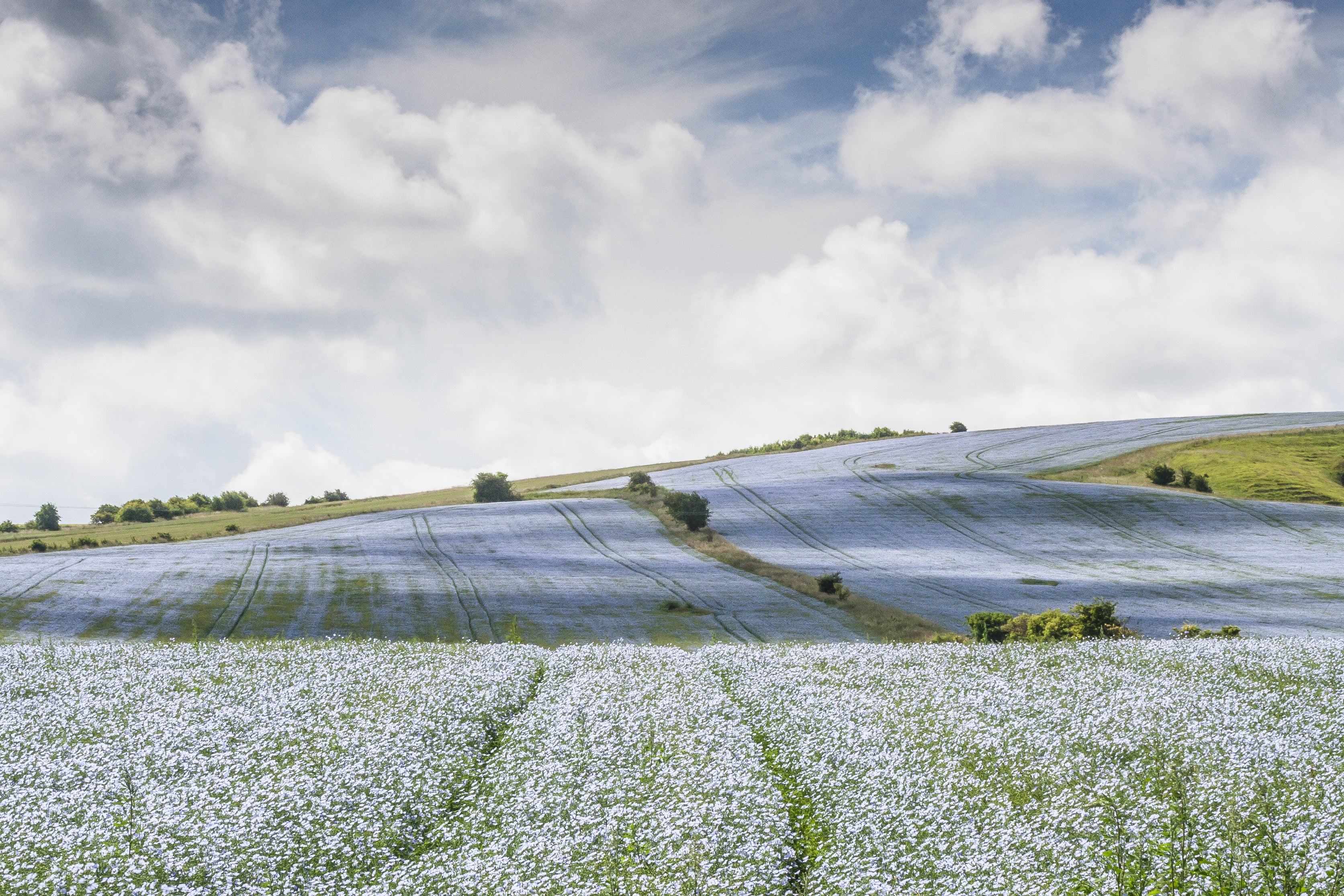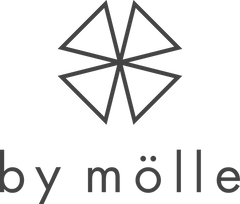Linen is a pure, natural textile made from flax. For our linen collection, we collaborate with traditional European flax weaving mills. Linen made from European flax is considered the best in the world. In this blog, we will tell you more about the special craft, from flax plant to linen fabric.
the history of European linen
Linen is one of the oldest fabrics in the world, with a rich history dating back thousands of years. Eight thousand years before Christ, there was already a flax culture. In ancient Egypt, linen was used for clothing, bedding, and religious rituals. The Egyptians were masters at growing flax and producing fine linen. Blooming flax plants are depicted in murals, and the Egyptian protective goddess Isis wears white linen. The Romans played a crucial role in spreading linen from Egypt to Europe. When the Romans encountered the advanced linen industry of the Egyptians around 30 BC, they were impressed by the quality and versatility of linen. They brought the knowledge and techniques of linen production to Europe and discovered that the best quality flax grows in Northern Europe. The weather conditions and soil are ideal for flax cultivation here. This made linen an important textile in Europe, appreciated to this day for its durability, comfort, and refined appearance. 100 days
100 days
Linen is a completely natural textile made from flax. This versatile plant, known by its Latin name Linum usitatissimum, has long, thin stems and beautiful blue flowers. The best time to sow is in early spring, around April 10th. After sowing, there is a period of one hundred days until the harvest in August. In Northwestern Europe, the fields change magically blue during this time, with flowers that bloom for only one day. In the morning, the flowers open, but by noon, the petals fall off. Harvesting begins as soon as the small linseed balls appear on the stems. This process is still carried out using ancient methods. The flax plants are pulled out of the ground with stem and root to maximize fiber utilization. Then, the stems are cut and laid out in the field to dry. After the plants are dried, the seeds are removed, a process known as scutching. The obtained linseed can be reused, or it can be used to make oil. Linseed is popular in food and cosmetics and is known as an ingredient in linseed oil paint, used by artists like Rembrandt van Rijn and Vincent van Gogh.
from flax to linen
To make linen from the fibers of the flax plant, several processes are required. First, the long fibers of the flax stems are separated from the shorter parts, a process known as retting. Then, the fibers are combed to remove any impurities. The short fibers are used for spinning rope, while the long fibers are spun into yarn. This yarn is then woven into fabric: linen. The entire process, from flax to linen, requires a lot of care and craftsmanship. Before weaving, the yarns are checked for quality. And even after weaving, every meter of fabric is carefully inspected. environmentally friendly and sustainable
environmentally friendly and sustainable
Flax is highly environmentally friendly. The plant absorbs a lot of CO2 and nitrogen and does not require artificial fertilizers or pesticides. The entire plant is used. Fibers are used to make linen, paper, and rope. Oil extracted from the seeds is used for natural paint, soap, and cosmetics. The remaining parts are used for animal feed because they are very high in protein. Linen has become increasingly popular in recent times. The fabric has many advantages. For those who prefer to furnish their homes sustainably rather than with synthetic materials, linen is highly recommended.
handcrafted in our studio
Discover the By Mölle collection of pure linen. Specially woven with the finest quality European flax. All cushions, bed- en table linen are handmade in our studio in Dalfsen. We also specialize in linen curtains. Have questions? Feel free to contact us for more information.
A tribute to flax from Europe

